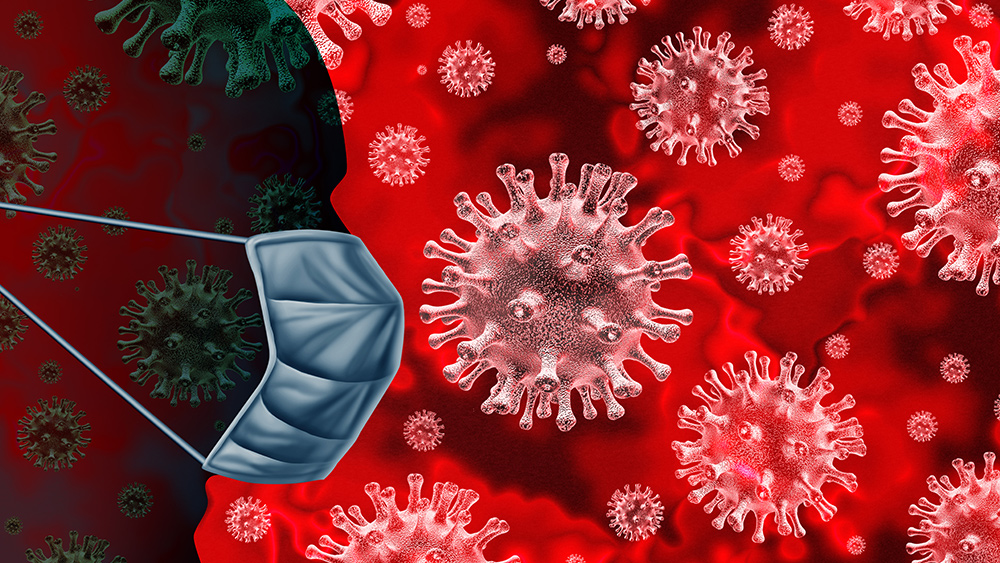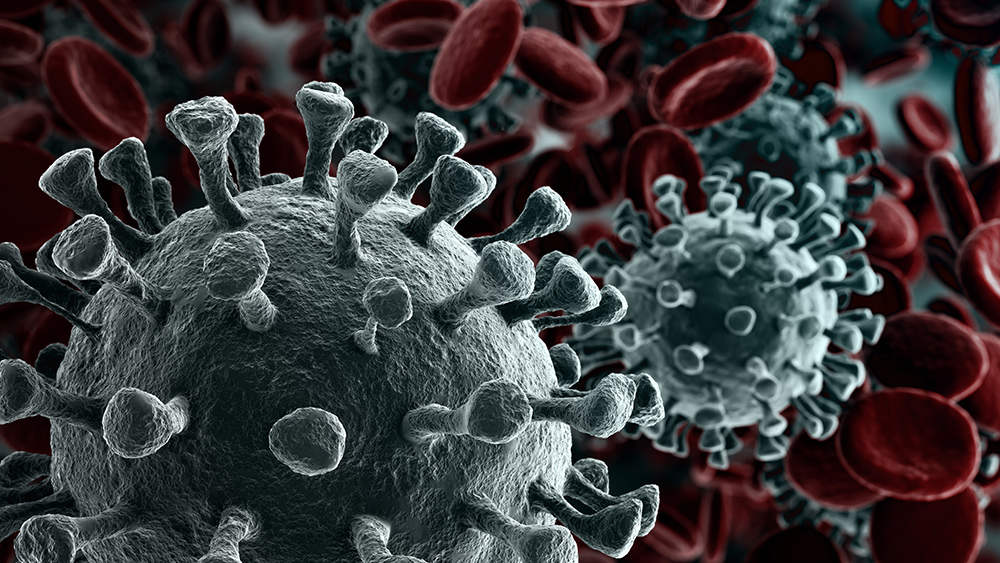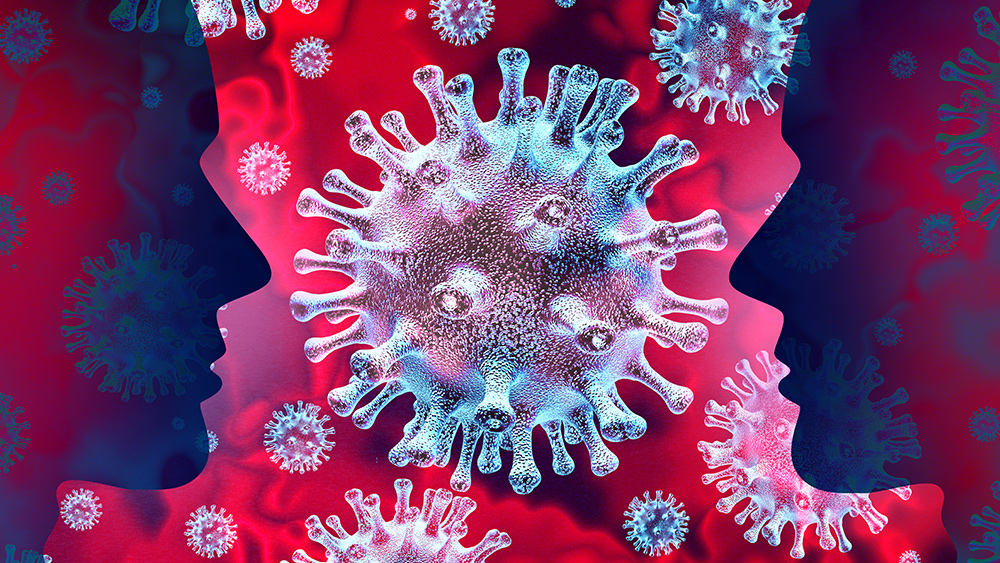The coronavirus is already mutating as it jumps from person to person, “viral evolution” may make vaccines pointless
02/05/2020 / By Ethan Huff

Novel coronavirus is already demonstrating an exceptional ability to mutate, according to Chinese scientists, which means that fighting it just got a whole lot more difficult.
In a process described as “striking,” coronavirus is able to substantially alter itself on the fly, morphing into new forms as it passes from one person to another – including within the same family of people.
Researchers investigating a cluster of infections identified in the southern Chinese province of Guangdong found that the genes of coronavirus undergo significant changes as the virus continues to spread.
While all viruses are known to mutate, they typically do so “silently” or synonymously, meaning the changes have little effect on how the virus behaves. Coronavirus, however, adapts non-synonymously, altering its biological traits.
In the coronavirus strains collected from a single family in Guangdong, Professor Cui Jie and colleagues from the Institut Pasteur of Shanghai observed two non-synonymous changes, indicating that “viral evolution may have occurred during person-to-person transmission,” according to a paper they authored that was published in the journal National Science Review on January 29.
“Close monitoring of the virus’s mutation, evolution and adaptation is needed,” they further added.
In other coronavirus strains they collected from other areas of China, Cui and his team identified upwards of 17 different non-synonymous mutations, suggesting that there’s no identifiable limit to the number of mutations coronavirus can undergo – which further suggests that this thing is a manufactured bioweapon.
“We do not have an answer yet” about whether or not novel coronavirus is mutating faster than S.A.R.S. (severe acute respiratory syndrome) or other similar viruses, commented Shi Zhengli, a researcher from the Wuhan Institute of Virology, who was not involved in the study.
Historical data shows that during the infamous S.A.R.S. outbreak of 2002-03, that strain of coronavirus underwent mutations at a rate of between one and three per thousand “sites.” But for novel coronavirus, that rate is currently unknown because “most of the available [viral gene] sequences are not complete.”
“They come in fragments,” says Shi.
It’s difficult enough, and very time consuming, to sequence and entire genome, hence why much still remains unknown about coronavirus. Add to that the fact that novel coronavirus has almost 30,000 base pairs – that is far more than most other viruses, including S.A.R.S. – and it becomes clear that we’re nowhere near identifying the complete threat associated with this outbreak.
China teaming up with Big Tech to develop A.I. methods of sequencing novel coronavirus for further study
In an attempt to speed up the gene sequencing process, the Zhejiang Provincial Centre for Disease Control and Prevention (Zhejiang C.D.C.) is teaming up with tech giant Alibaba to develop an artificial intelligence (A.I.) system for mapping and studying novel coronavirus.
Rather than a few hours, this new system will supposedly have the ability to gene sequence in about 30 minutes, which will allow for scientists to better track mutations with precision and speed.
At this time, it remains unknown how the immense mutation potential of coronavirus will affect infected individuals and their close contacts. A national “expert panel” claims that there’s currently no evidence that these mutations could cause “repeated infections,” but this doesn’t necessarily mean that it’s not happening.
In theory, viral mutations could cause a recovered patient to fall ill a second or even third time because, genetically speaking, these are whole new viruses that are causing the infections.
New research published in the Journal of Virology, also on January 29, suggests that a single mutation at one specific spot in the coronavirus genome could significantly increase the risk of the virus binding to cells on the surface of the human respiratory system, causing an infection.
To keep up with the latest news about novel coronavirus, be sure to check out and Outbreak.news.
Sources for this article include:
Tagged Under: China, coronavirus, global emergency, mutating, outbreak, person-to-person, pointless, vaccines, viral evolution, virus, Wuhan


















